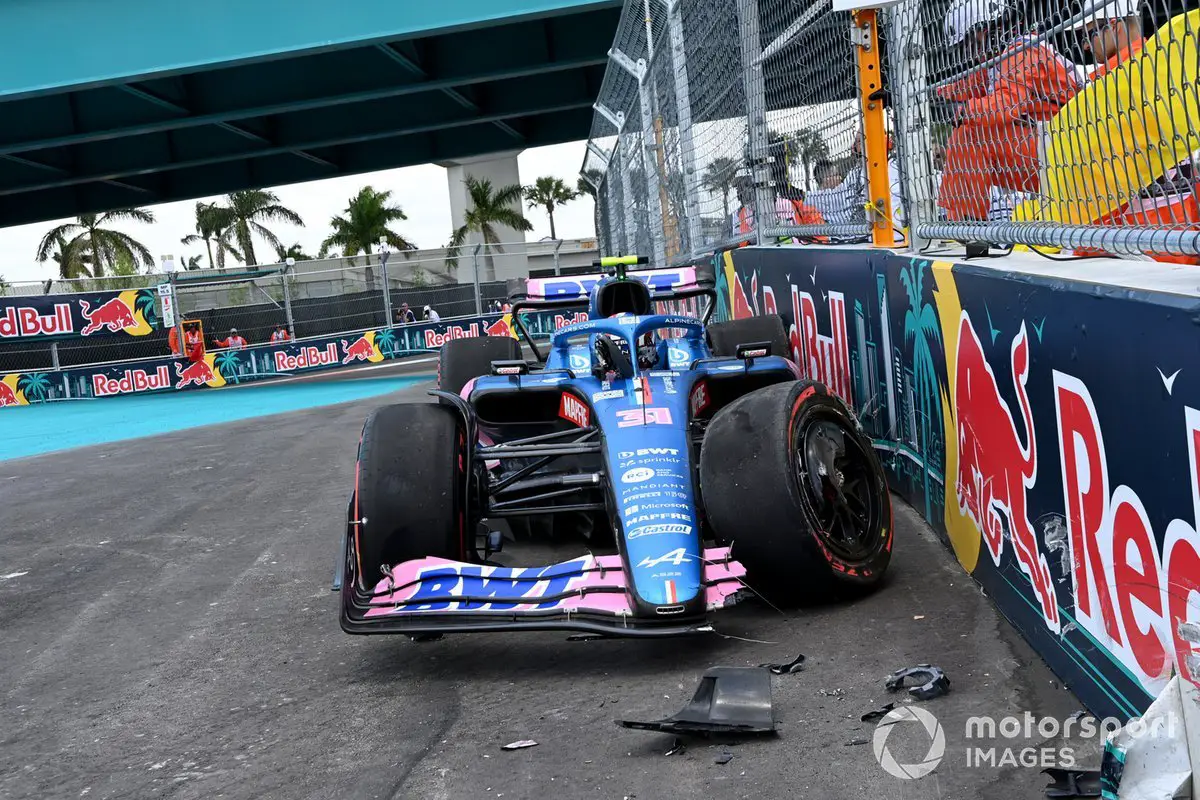Assessing the Controversial Miami Grand Prix Track Layout
Lewis Hamilton, a formidable force in the world of Formula 1, has expressed his reservations about the Miami circuit. As journalists scramble to generate positive content surrounding the race, many drivers have found themselves fielding questions about the track, with varying responses. While some have been accommodating, others, like Hamilton, have remained unyielding in their criticism.
The Inaugural Edition’s Challenges and Mitigations
Since its debut on the Formula 1 calendar in 2022, the temporary track surrounding Hard Rock Stadium has elicited mixed feelings at best. From the outset of the inaugural edition, drivers voiced concerns about the layout and surface, which required repairs during the opening weekend. Organizers have had to address these issues, as well as logistical difficulties in constructing the circuit without causing traffic disruptions that could strain relations with local businesses and residents. There were also reports of VIP catering issues, although these were not a concern for spectators. Improvements to both the track surface and catering were prioritized before the race’s second outing.
The new surface has alleviated many complaints about practical racing concerns, but some aspects of the layout remain problematic for drivers, particularly the section between Turns 13 and 16, including the chicane that Max Verstappen famously suggested would be better navigated in a go-kart. This is partly unavoidable due to the limited real estate and the need for the circuit to maneuver around the stadium and elevated highway ramps.
The Successes and Shortcomings of Miami’s First Sector
Despite these challenges, some sections of the track are regarded as successful, particularly the first sector that loops around the stadium and ends with the multi-apex Turns 6-7-8. Esteban Ocon described Miami’s first sector as “pretty mega,” while Pierre Gasly praised its design for allowing drivers to push their limits in terms of lines and kerb usage. The track designers evaluated 30 different permutations before settling on this one, and it’s easy to see why the first sector is so effective. Unfortunately, its layout then dictates the route back towards the start, which some drivers find less appealing.
The challenge in using this area of the campus lies in the entrance and exit ramps and flyover sections of the Florida Turnpike and NW 203rd Street. Safety regulations limit speed and clearance around these concrete structures, resulting in a fiddly chicane that drivers often criticize. However, these elements can potentially spice up the racing.

Potential Solutions for Driver Complaints
If Miami is to continue being perceived as an “awkward track with awkward corners” by some drivers, could there be alternative solutions to address their concerns? Possibly. Over the first three editions, criticism of the track surface has been coupled with complaints about tire behavior in Miami’s growing spring heat. Last year, Pirelli’s soft-compound rubber proved highly sensitive to overheating, leading drivers like Lando Norris, Hamilton, and George Russell to switch to medium tires in Q3. However, the medium and hard compounds, which are less temperature-sensitive and less prone to degradation, made a one-stop race the optimal strategy. This has contributed to more processional races, as demonstrated in the early rounds this year.
To address the temperature issue, organizers could consider holding the race at night or during cooler times of the year. However, scheduling changes would be challenging due to the Miami Open tennis tournament and football season requirements. Hosting the race at night or in the evening could align with the event’s aspirations to become F1’s party capital, although the impact on neighbors would need to be considered and mitigated. A time change could have a transformative effect on the on-track action, as lower temperatures would put less strain on the tires and potentially alter the entire course approach. As Ocon pointed out, a 20-degree temperature reduction would make for a more enjoyable and flowing track.







